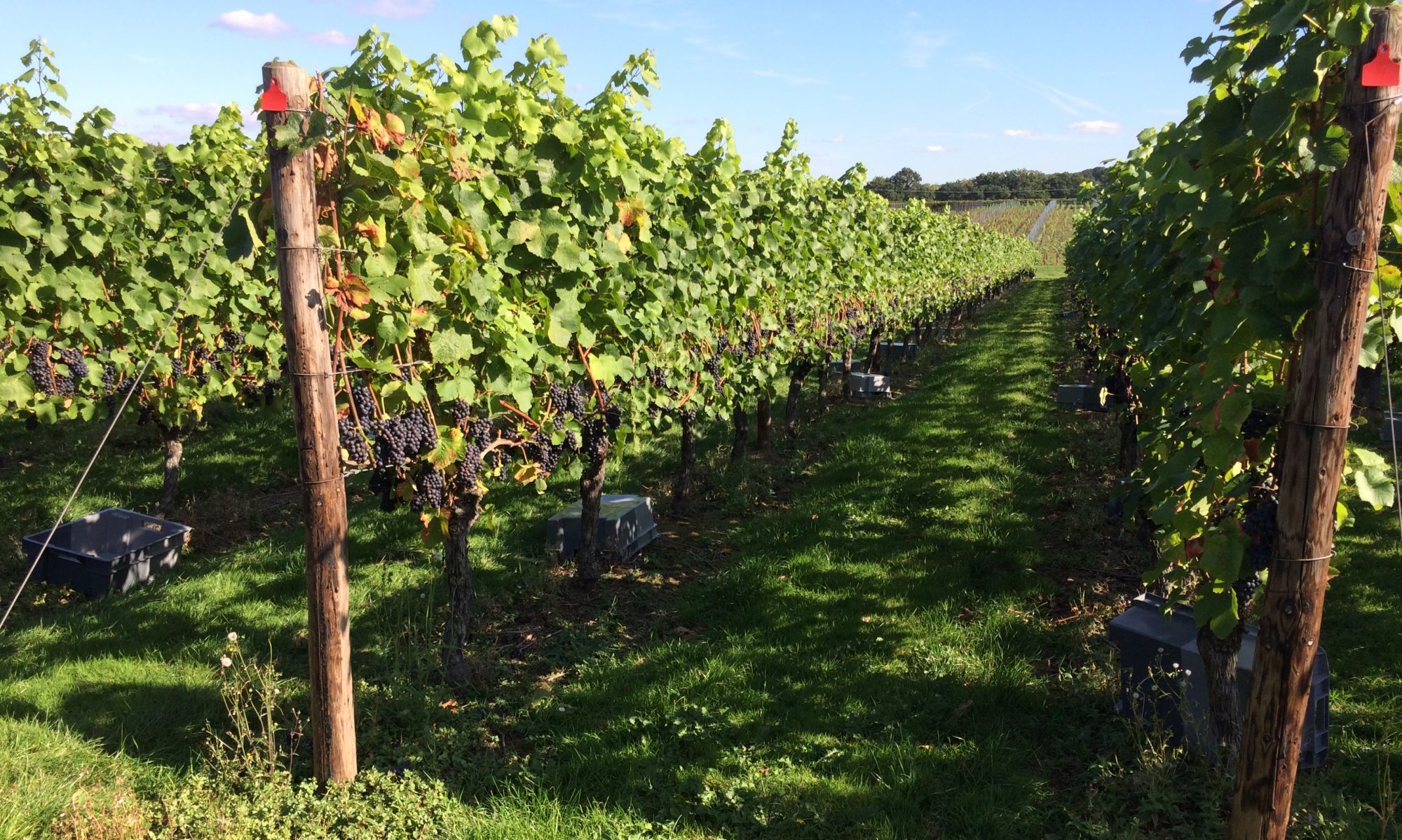2012 will go down as one othe most challenging vintages in the history of recent English winemaking. It was always going to to be difficult, poor weather at flowering in 2011 meant a high probability that the initation ( potential crop) was suspect . ( same again in 2013?) . Frost had been a problem in 2011 and was to prove to be in 2012 as well. At Hush Heath a determined effort was made to ensure this did not happen again. Extra buds (longer canes) were left on the vines, sacraficial cane were left untied down, several hundred boujies( very large and smokey candles) were laid out in the most vunerable parts of the vineyard.
For those of you with short memories 2012 actually started out as a drought in the South East, only 4 mm of rain fell in February and 20 mm in March. A hosepipe ban was in the offing. Early warmth was pushing the vines to an eeven earlier bud burst than last year. As it was , budburst in the Chardonnay (HH) started on the 2nd April , five days earlier than 2011 and a good two weeks ahead of a ‘normal’ year. The date coincided with a frost of -1.6 C . The turners and Victoria were given the opportunity to light the pots on 3 more occasions.
From this early start the vineyards accoss the SE seemed to go into a state of suspended animation, nothing happened, nothing grew for weeks. Over 100 mm of rain fell in April (2011 we had 1.2mm) the average temperature for the month was 7.5c , 4 degrees lower than 2011.
To true affect of the frosts / poor initiation began to show through in May and July . There was a high proportion of blind bud, particulary in the middle of the canes, together with a lot of secondary canes. Temperature were surprisingly higher than 2011, and with record levels of rainfall ( over 250mm in these three months), spraying and vineyard work was very difficult and woe betide anyone without a robust and timely spay program.
Flowering again was rather extended, difficult to say when it started or finished, the set was pretty variable with marked differences between varietals and vineyards. Vineyards in Essex and SE Kent were markedly better than Sussex or Hampshire where the nascent bunches seemed to disappear .
Extra canes and buds proved their worth as had bee expexted not all the buds proved fruitful. At Hush Heath it was decided to leaf pluck early and extensivly to expose the fruit to what little sun there was and to maximise the effectiveness of the spays. From the middle of July through August the weather improved, average temperatures were higher than both 2010 and 2011 and it was also drier with only 10 mm of rain falling (HH) . This very welcome break in the weather gave some hope that the grapes might ripen before the end of October. September nearly ruined everything again. Alot of rain and low temperatures. Surpisingly the sugar levels were reasonably high at the end of September,as were the acids particularly on the champagne varietals.
Huxelrebe and Reicensteiner was harvested at Nutbourne on the 28th September with sugars in the 70s , yields were low but of good quality.
October was distinctly cool and wet, thanks to good spraying over the season the crop at all the vineyards was clean and if we waited the sugars and acids would probably be ok. The fear now was of an early frost.
The first Hush Heath grapes came in on the 12th and 13th ,Pinot Noir at up to 70 oc and acids at 12g/l . A light frost on the 14th was recorded but damage was slight and confined to the upper leaves. The chardonnays were picked on the 23rd and 24th, frost had taken out most of the leaves but the fruit was sound , sugars were low and acidity a touch higher than usual . Nearly 100 mm of rain fell in October pegging back the sugar levels which in actual fact barely rose through the entire month and in some cases went down.
In the wineries the wines are pretty good at this stage with the pinots particularly pleasing, fresh and edgy.
In a year when many vineyards and wineries failed to produce a crop at all, Hush Heath actually increased yields from last year from the same acerage. Nutbourne picked every last grape and never gave up. Fantastic work from the vineyards for which this winemaker is truely grateful.
